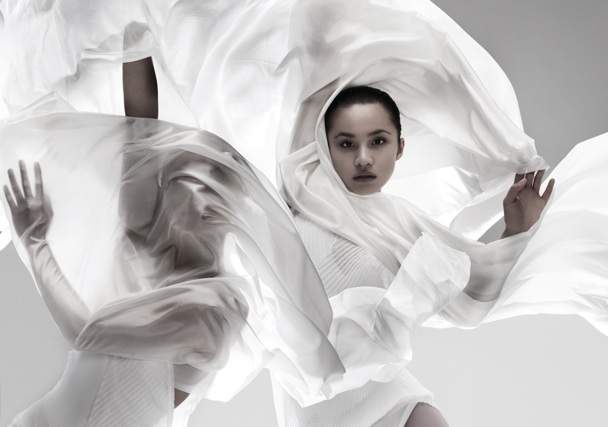The Land of Yes and The Land of No
Let me preface this by saying that I am by no means an expert in the world of movement. However, what I can offer to you dear readers is a review from the perspective of someone who appreciates dance but can’t tell the difference between a plié and a pirouette.
Let me preface this by saying that I am by no means an expert in the world of movement. However, what I can offer to you dear readers is a review from the perspective of someone who appreciates dance but can’t tell the difference between a plié and a pirouette. Last Friday night I was fortunate enough to be privy to a performance of the world-renowned Sydney Dance Company doing their latest production The Land of Yes and The Land of No.
I was slightly hesitant as I attended alone, however my fellow audience members and alone time made the situation ripe for eavesdropping. A mixed bag of people whose only apparent shared interest was dance, numerous conversations floated around me discussing the performance ahead. A lucky seat next to a knowledgeable couple meant I was witness to a quick course in the history of the director Rafaela Bonachela, and what was in store for me for the next 70 minutes.
Bonachela has established himself as a leader in contemporary dance choreography, and this performance was to be a representation of that. The storyline of The Land of Yes and The Land of No was created as a representation of how our chaotic world is so crowded with signs, directions and instructions on such a large scale that overwhelmed people miss all of them as they go about their lives.
The beauty of the performance is that it clearly highlights that at different times everybody goes through the same feeling of isolation within a busy crowded world and though we may sometimes feel alienated, people will always come to our assistance.
The particular collection of dancers that were performing from the Sydney Dance Company formed a very attractive cohort indeed. The variety of male and female performers, each with very diverse and beautiful looks, all acted so equally it was impossible to identify any one dancer as the lead. I would guess this was done on purpose to represent the cacophony that is the human race.
The attire that adorned the dancers may not have been pointe shoes and tutus, but it was a perfect fit for the production regardless: bare feet and simple white outfits, although all unique in styling were obviously linked to each other through a repeated use of fabric and pleating. This choice in wardrobe worked well for the performance is it again highlighted the link between humans despite their differences.
The set production played a very important role in The Land of Yes and The Land of No, as the entire choreography was set around it. There were a large number of fluorescent light bulbs arranged on stage that would definitely not look out of place in a Daft Punk or Justice concert, but added an interesting youthful element to an otherwise plain stage. Throughout the show there was a level of anticipation to see how the light changes related to the scene ahead as they occurred prior to dancers entering.
And change they did right from the beginning. The performance opened with a black out and then from the light bulbs a singular doorframe emerged. The first dancer on stage was a lone female whose solo to a quiet classical piece represented a struggle with living in this century. Shortly after a male companion with the task of ‘saving her’ joined her on stage.
It was interesting to note how there were clearly two different levels of choreography that Bonachela had created for the piece as, after the slow beginning a larger number of lights were turned on, the music became more dominating and a larger cohort entered the stage. Throughout the show these two levels continually alternated.
The sections where either all or the majority of dancers were on stage were my favourites; the way the choreography was created was very clever in highlighting how everybody goes about their life doing the same activities without generally noticing each other. In a style that was highly reminiscent of primary school music canons, the dancers would go about doing the same routines at different times before sometimes overlapping or falling into sync briefly.
As the show wore on, the interaction between the different dancers became more and more frequent in both the slower and faster paced sections. Perhaps as a representation of how humans need to look to each other in order to find sanity in this crazy world.
Overall I would recommend The Land of Yes and The Land of No as it addresses some very current and universal themes about the way society is conducting itself and the detriment it is doing to humans. It’s a lecture on humanity in dance form!
The Land of Yes and The Land of No opens at Sydney Theatre on October 18.





